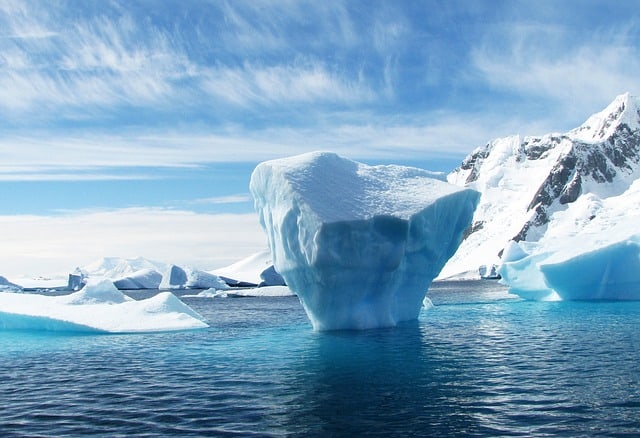Antarctica logs its hottest temperature on record, with a reading of 18.3C on an Argentinian research station thermometer, thrashing the earlier record of 17.5C in March 2015 by 0.8C.
The new reading, taken at Esperanza on the northern tip of the continent’s peninsula set so soon after Antarctica’s previous record of 17.5C, in March 2015, and it is a clear sign that Antarctica is warming at a much faster rate than the global average.
The meteorological agency of Argentina revealed the record on Friday via a tweet. The station’s data goes back to 1961.
One of the fastest-warming places on earth is Antarctica’s peninsula, the area that points towards South America. According to the World Meteorological Organization, it is heating by almost 3C over the past 50 years.
Almost every glacier of this region is melting.
The Esperanza reading even breaks the Antarctic continent’s record. Everywhere in the south of 60 degrees latitude, the record for the Antarctic region is 19.8C, taken on Signy Island in January 1982.
Prof James Renwick, a climate scientist at Victoria University of Wellington, was a member of an ad-hoc World Meteorological Organization committee that has verified previous records in Antarctica.
The committee would be likely to reconvene to check the new Esperanza record, he told Guardian Australia.
He said: “Of course the record does need to be checked, but pending those checks, it’s a perfectly valid record and that [temperature] station is well maintained.”
“The reading is impressive as it’s only five years since the previous record was set and this is almost one-degree centigrade higher. It’s a sign of the warming that has been happening there that’s much faster than the global average.
“To have a new recordset that quickly is surprising, but who knows how long that will last? Possibly not that long at all.”
According to him, the temperature record at Esperanza was one of the longest-running on the entire continent.
Renwick said higher temperatures in the region tended to coincide with strong northwesterly winds moving down mountain slopes featuring the recent weather patterns around Esperanza.
The weather patterns in the area were complicated, he said. However, Esperanza’s reading was possibly a combination of natural variability and background warming due to the rising levels of greenhouse gases in the atmosphere.
He said: “The reason the peninsula is warming faster than other places is a combination of natural variations and warming signals.”
Prof Nerilie Abram, a climate scientist at the Australian National University, has researched at James Ross Island at the northern tip of the peninsula.
“It’s an area that’s warming very quickly,” she said, adding it can occasionally be warm enough to wear a T-shirt.
Earlier, research from 2012 found the region’s new warming rate was almost unprecedented over the past 2000 years.
Abram said: “Even small increases in warming can lead to large increases in the energy you have for melting the ice. The consequences are the collapse of the ice shelves along the peninsula.”
She said meltwater could work its way through cracks in ice shelves. As ice shelves already float on the ocean, their collapse does not directly contribute to rising sea levels.
However, as per Abram, the shelves acted as plugs and kept the ice sheets behind them stable. Melting of ice sheets being attached to land does contribute to rising sea levels.
Dr. Steve Rintoul, a leading oceanographer and the Antarctic expert at CSIRO said: “This is a record from only a single station, but it is in the context of what’s happening elsewhere and is more evidence that as the planet warms we get more warm records and fewer cold records.”
The lowest temperature ever recorded in Antarctica and anywhere on this planet was on 21 July 1983, when temperatures dropped to – 89.2C at the Russian Vostok station.






